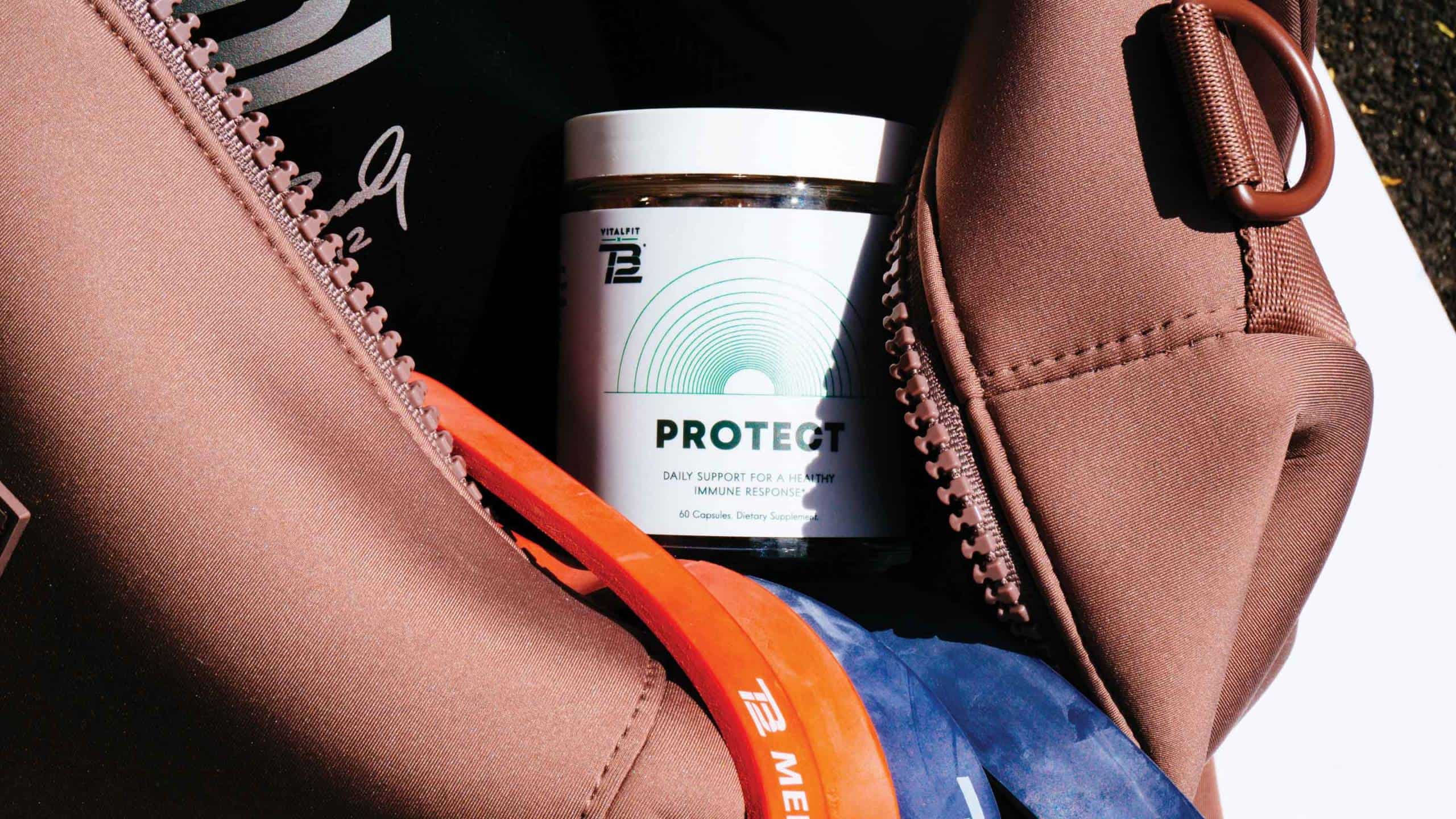We say "form first" a lot here at TB12, but why is it so crucial?
Proper body mechanics are the fast-lane to improved performance. David Merson (PT, DPT, ATC) says, “Good form and proper body mechanics are essential to prevent overloading on one side versus the other, maintaining [proper] symmetry.” Without this symmetry, you’ll activate muscles that shouldn’t be activated in your training, teaching your brain to remember and repeat bad physical behaviors.
Here's why you should put your form first, and how you can implement that in your training:
THE RIGHT MUSCLES
"Form is the foundation of proper mechanics," says Deven Alves (MS, ATC). When you’re focused on proper form, you’re only engaging the specific muscles you need for the movement you’re doing. In contrast, improper form develops when you get tired during a workout and your brain enlists the help of other muscles to help accomplish the task. Unfortunately, this compensation leads to muscle overload, making you more prone to injury.
"Without form, we begin to generate compensatory movements," Deven says, "that over time, can overload our body and leave it subject to common sports injuries." Remember, it’s about the right muscles for the right movements. Maybe you feel like you’re doing an exercise correctly, but if you’re using the wrong muscles and wrong form, you won’t make the kind of progress you need.
Form first also trains your body to activate your muscles in the right order. For example, a runner activates his or her glute, then triggers the hamstring to generate power upon takeoff. Without proper form, the muscle roles reverse, causing the hamstring to take on more force than it should. This can lead to increased risk for hamstring injury — strain, or sometimes even complete tears!
On the other hand, mastering that proper form and muscle activation pattern will enable the runner to maintain power and speed for longer periods of time without fatigue and with low risk of injury.
EFFICIENT TRAINING
Form first is just one part of efficient training. At TB12, we also believe in training at the speed of sport — moving in training how you move in your everyday activities.
Form first and speed of sport go hand in hand, and they optimize your training — getting you closer to sustained peak performance. Teaching your body to move with proper form and at the speed of sport best prepares you for a game or competition. It builds your endurance and allows you to continue throughout the entire game, even when you would normally start to break down due to fatigue.
Range of motion is another important aspect of efficient training. Improper form could hinder your range of motion, further hindering your performance! Proper form should ultimately enable you to use a full or "proper" range of motion in a given movement.
It all boils down to form first.
Think of it as the building block or foundation you need to start with to get where you’re trying to go. Form first is a huge step toward sustained peak performance.
NEVER SACRIFICE FORM
Start out with only a few reps if you haven’t mastered proper form. Form over function, always. When you feel your form start to break down, stop the exercise immediately. Powering through with the wrong form will not benefit you!
"By stopping an exercise movement prior to your form being compromised, the body learns the proper movement sequence," Deven says. "That way, it doesn't adopt any negative patterns, like improper recruitment of other muscles, that would lead to compensations and issues." As you become more comfortable with your exercises, you can increase the time you spend on them as you learn to maintain the right form. That’s how you make your training super efficient: form first!
PROPER BODY MECHANICS
All right, you know how important form first is. How do you keep yourself in check and ensure you’re training with a form first attitude?
Take it slow
Five perfect sets that only engage the right muscles are better than 10 that don’t.,
Ask a friend
Have a friend or training partner observe your form, so you can get feedback on how you’re performing the exercise. You might feel like you’re using the right form when you’re actually not!
Use a mirror
Train in front of a mirror so you can check out your own form! You can also ensure your motions are fluid and accurate.
Say cheese
Record your at-home exercise routine on your smartphone and go back to watch for areas you can improve on. Proper body mechanics and making form a priority are core to everything we do at TB12 – a holistic approach to training and overall vitality.
Read all about how we help athletes achieve sustained peak performance in The TB12 Method book. Check out our how-to's, tips, and exercise plans in the TB12 Method mobile app, updated every week!





